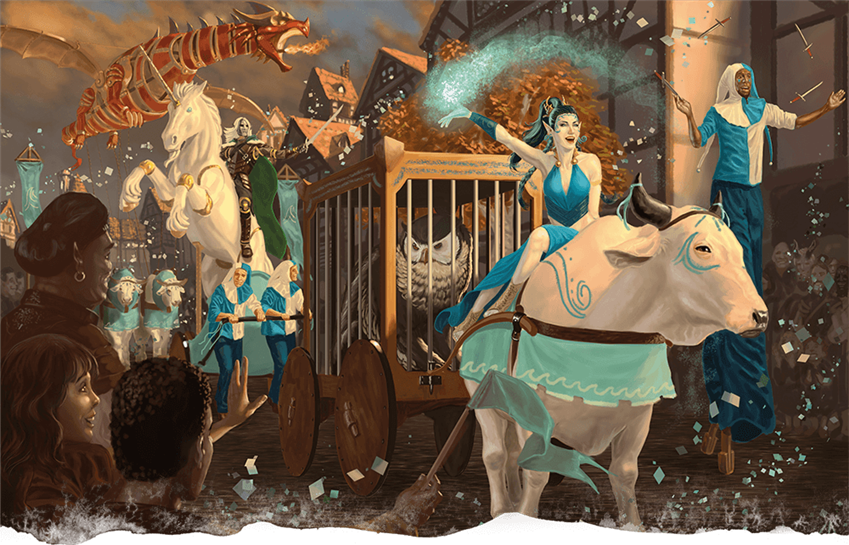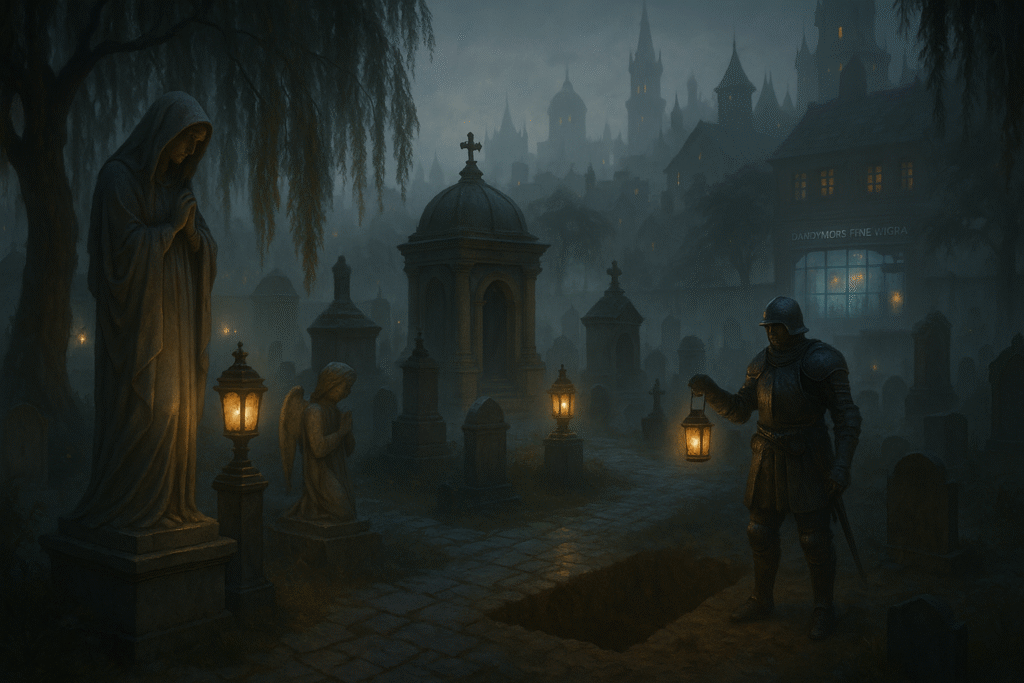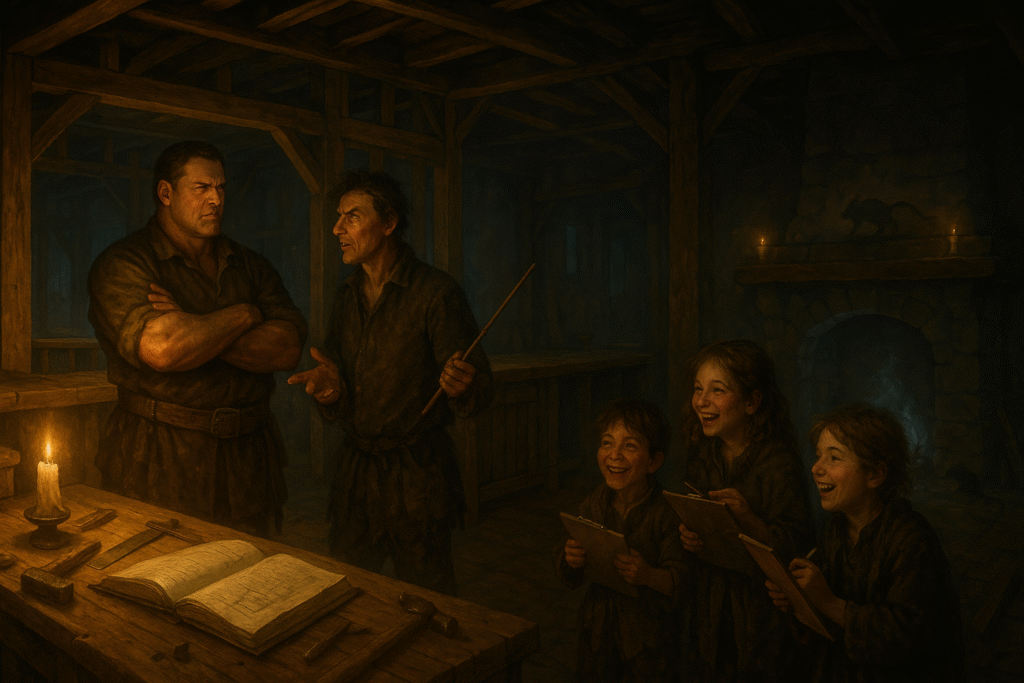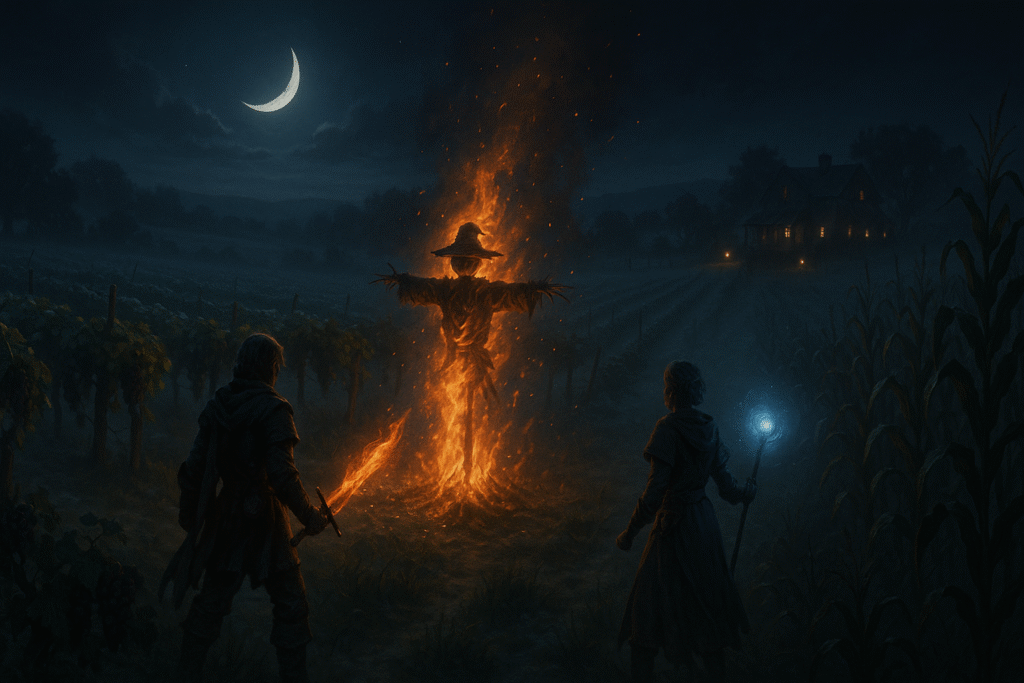Session 2: Welcome to Waterdeep

Planning the Quiet Before the Storm
Every D&D campaign has its crescendos—the climactic battles, shocking betrayals, or dramatic reveals. But just as vital are the quiet chapters in between: the decompression, the decisions, the travel. Session 2 of our Waterdeep: Dragon Heist campaign was one of those. It was the kind of session that could easily fade into background noise—unless you approach it with care.
This was a session about aftermath and atmosphere. We were coming off a high-intensity scene: a childbirth in the middle of a cult attack, followed by heartbreak, heroics, and the sudden departure of a player character. There were no monsters to fight in this one. Instead, the monsters were internal—doubt, tension, mistrust, and the subtle, creeping feeling that something just isn’t right.
Planning for Absence
I knew coming in that Keyleth’s player wouldn’t be continuing with the campaign, and I wanted her departure to feel organic—like a character making a hard choice in a messy world. So I let the story breathe. A letter. A quiet goodbye. No big speeches, no last-minute save. Just a gap where she used to be. It was enough.
The players filled in the rest, speculating, grieving, and pushing forward. And that’s the magic of D&D: sometimes silence is your best narrative tool.
Letting the Players Steer
When they suggested faking a grave for Lyra and her child to throw off any future cultists, I hadn’t planned for it—but I loved it. It was smart, character-driven, and opened up a chance to reinforce themes of secrecy and survival. So I said yes, called for Survival checks, and leaned into the scene.
As a DM, sometimes your prep is just a toolbox. The players provide the blueprints. My job is to help them build something meaningful out of it.
Travel Sessions Don’t Have to Be Boring
I’ve seen a lot of DMs skip over travel with “you get there in two days.” That’s totally valid—but in this campaign, I wanted the road to Waterdeep to feel like part of the story, not just the loading screen between adventures.
So I prepped a few rolls, weather tables, and ambient encounters. Nothing hostile—just a fox in the woods, a trade caravan at lunch, and that weird, lingering sense of being watched. It’s amazing what a few crackling fire sounds and distant wolf howls can do to your players’ imaginations.
And it worked. By the end of the session, everyone felt unsettled. Even though nothing “happened,” something clearly did. The vibe had shifted.
What I Learned (and You Might, Too)
- A slow session can still be a great session if you treat mood and pacing like characters in the story.
- Players remember how a game feels more than what happens. If you can make the wind whisper and the shadows dance, you’ve got them.
- Say yes to their ideas when they’re rooted in character, even if it changes your plans. That’s where the best moments come from.
This session was all about getting the party into Waterdeep—but it turned into something more: a meditation on loss, on fear, and on the cost of choosing the road ahead.
Waterdeep is just over the hill. But for now, the road is quiet, the snow is falling, and something—something—is watching from the woods.


